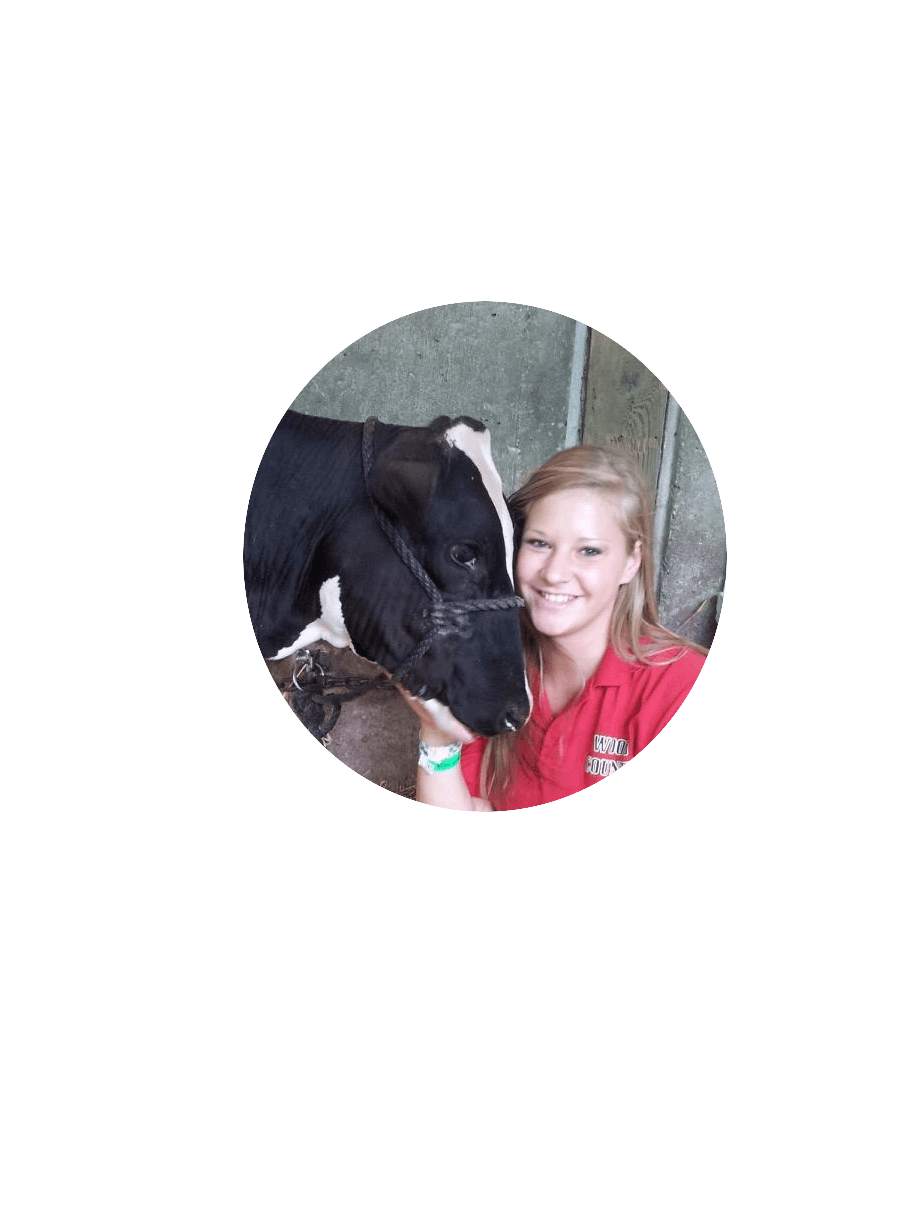Weighing Your Options: Commercial Milk Replacer vs. Whole Milk
Nov 04, 2019

With milk prices on the rise and producers continuing to work toward getting as many pounds of milk in the tank as possible, the common question has been, “Is it cheaper to feed a commercial milk replacer rather than pulling saleable milk from the tank?” With each farm varying in management practices, labor needs, and facilities, the answer could become difficult. The Agriculture Department announced the September Federal order class III benchmark price at $18.31 per hundredweight, the highest we have seen since late in 2014. In order to compare a whole milk feeding program and a commercial milk replacer powder program on a level playing field, we must first think of that saleable fluid milk in terms of dried down powder. If butterfat, protein, and lactose percent are all at 4.0 percent, 3.1 percent, and 5.5 percent, respectively, we can agree on a solution that is 12.6 percent solids, or 12.6 pounds of solids per hundredweight shipped. From there, we can conclude one pound of saleable dried down milk produced on the farm is equal to $1.45 if we are calculating off base price only. That is equivalent to a $72.65 bag of commercial milk replacer. Although feeding whole milk is not a cash expense, it is important to not forget about the cost associated with buying, maintaining, and cleaning a pasteurizer.
Aside from the potential cost savings, there are other factors to consider such as convenience, labor, and consistency. From a convenience standpoint, feeding your calves a commercial milk replacer program can allow for a more flexible feeding schedule that is designed around your employee’s schedule, not your parlor’s. It is not uncommon for dairies to be tied to two or three feeding times throughout the day due to milking times and pasteurization duration. Feeding a milk replacer to be more effective from a labor standpoint as well. It can be labor intensive to ensure whole milk is being properly harvested, stored, and transported both pre and post pasteurization. Keeping milk contamination to a minimum is crucial, which leads to the last point – consistency. Through feed and management changes, we cannot expect cows to produce milk with exactly 12.6% solids, right to the decimal, every day. We can, however, expect this with a milk replacer program.
If you are beginning to weigh out what type of program is best for your dairy, a few questions to consider might be: How much saleable milk is being used to feed the calves? Which system would best fit the schedule of my employees? Which system is more manageable for my dairy? Premier Cooperative is passionate about keeping producers profitable. If you are considering a commercial milk replacer program for your dairy, contact one of our 18 – on staff consultants to help guide you!
Aside from the potential cost savings, there are other factors to consider such as convenience, labor, and consistency. From a convenience standpoint, feeding your calves a commercial milk replacer program can allow for a more flexible feeding schedule that is designed around your employee’s schedule, not your parlor’s. It is not uncommon for dairies to be tied to two or three feeding times throughout the day due to milking times and pasteurization duration. Feeding a milk replacer to be more effective from a labor standpoint as well. It can be labor intensive to ensure whole milk is being properly harvested, stored, and transported both pre and post pasteurization. Keeping milk contamination to a minimum is crucial, which leads to the last point – consistency. Through feed and management changes, we cannot expect cows to produce milk with exactly 12.6% solids, right to the decimal, every day. We can, however, expect this with a milk replacer program.
If you are beginning to weigh out what type of program is best for your dairy, a few questions to consider might be: How much saleable milk is being used to feed the calves? Which system would best fit the schedule of my employees? Which system is more manageable for my dairy? Premier Cooperative is passionate about keeping producers profitable. If you are considering a commercial milk replacer program for your dairy, contact one of our 18 – on staff consultants to help guide you!